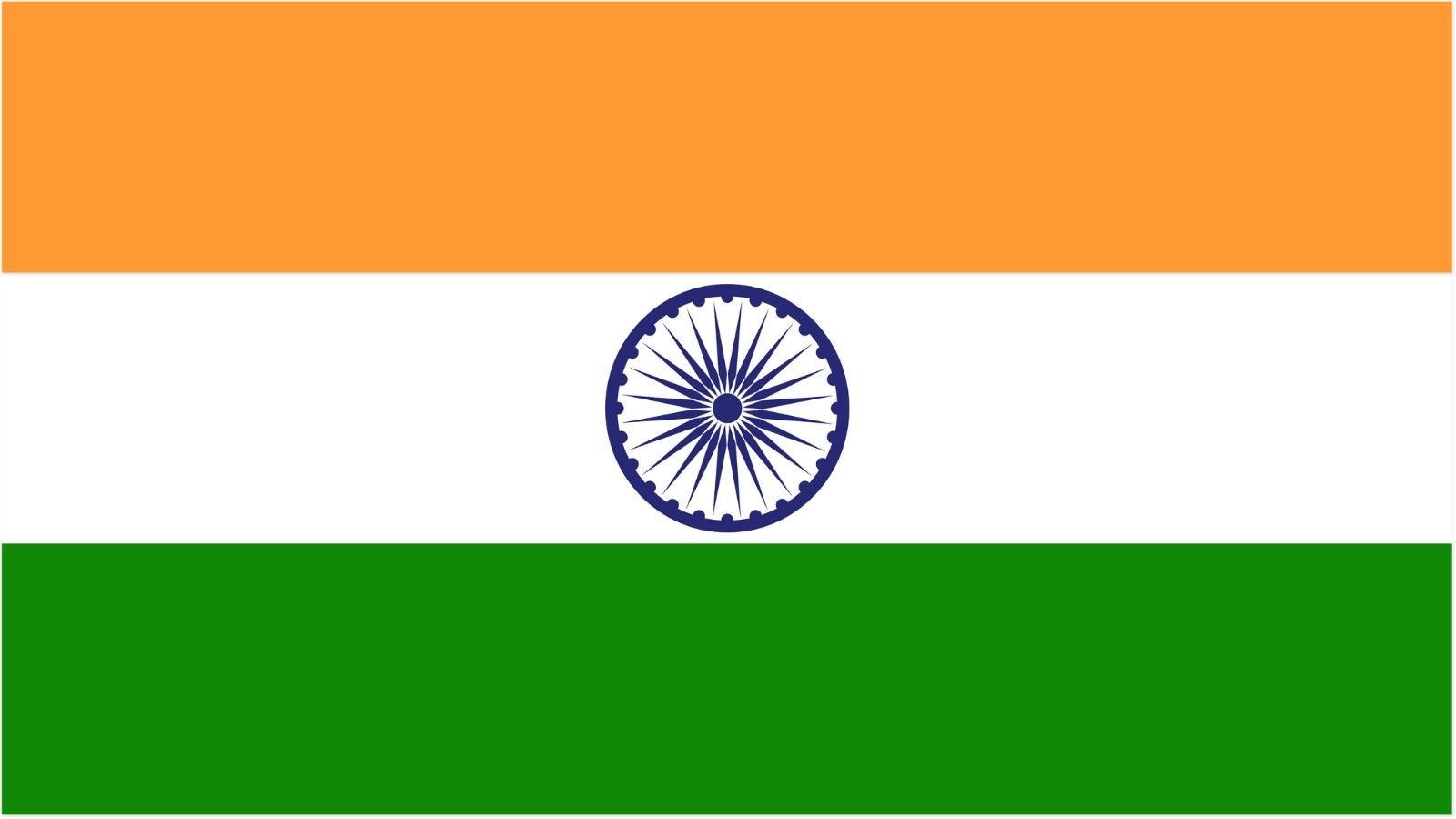As India celebrates its Republic Day every January 26, let’s explore the story behind the word “republic.”
The word “republic” comes from the Latin rēs pūblica, meaning “public thing,” indicating that the state is governed by representatives chosen by the public (citizens eligible to vote)—as opposed to a monarchy or tyranny. The term was first used in ancient Rome to describe a system of government where elected officials, rather than monarchs, ruled on behalf of the citizens. The Roman Republic (509 BCE – 27 BCE) was a prime example of this governance model.
India gained independence from British colonial rule on August 15, 1947, but it wasn’t until January 26, 1950, that it officially became a republic. The country became a republic on this day when it adopted its own constitution, establishing a government formed by elected officials. While Independence Day marks the nation’s freedom, Republic Day celebrates India’s shift to self-governance, symbolizing the country’s sovereignty and democratic ideals.
The national flag is hoisted on Independence Day to represent the emergence of a new nation, free from colonial rule. In contrast, the flag is unfurled on Republic Day, signifying that India is already a free country, with the flag proudly perched atop.



